Menu
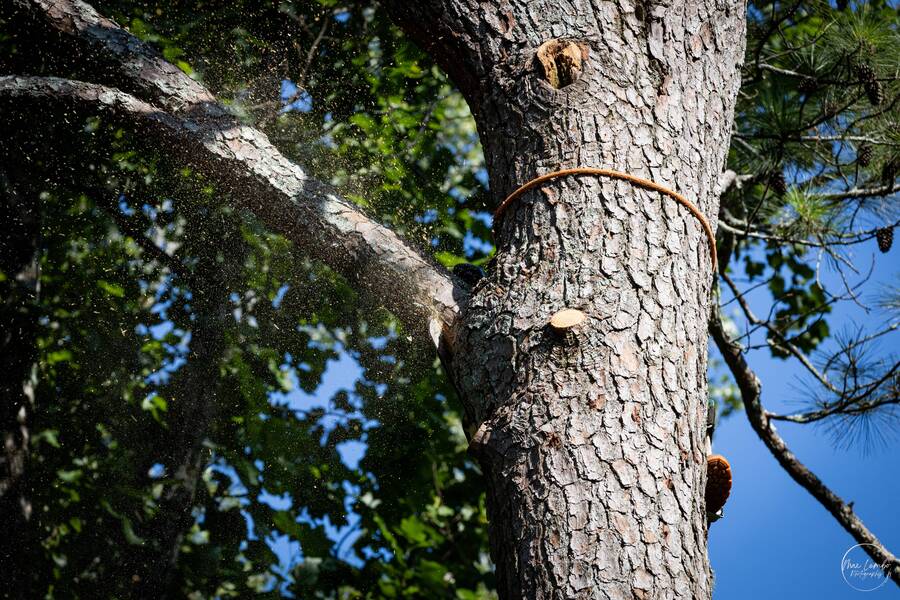
Trees provide shade, beauty, and a habitat for wildlife. They also convert the carbon dioxide we breath out into fresh oxygen. However, there are times when their removal becomes unavoidable. Whether it's due to disease, storm damage, or safety concerns, saying goodbye to a tree is never easy.
Still, emergency tree removal demands swift action. It also requires careful planning and expert handling. In this brief article brought to you by Driscoll Tree Service, we share five essential tips to keep in mind when faced with the need to remove a tree.
The first step in an emergency tree removal is to evaluate the situation. Has the tree fallen or is it leaning dangerously? Are nearby structures, power lines, or people at risk? A clear assessment will help determine the urgency of the removal and guide your next steps.
If power lines are involved, stay at least 35 feet away and call your local utility company immediately. They have specialized crews trained to handle trees entangled with electrical infrastructure.Safety should always be the top priority.
Resist the temptation to tackle the job yourself unless you have professional training and the right equipment. Trees can be deceptively heavy, and improper handling can lead to serious injury or property damage.
When it comes to emergency tree removal, professional expertise is invaluable. Certified arborists or tree removal in Snellville, GAl experts have the knowledge, tools, and experience to handle even the trickiest scenarios safely and efficiently.
Look for professionals who are licensed, insured, and bonded. This protects you from liability in case of accidents during the removal process. Additionally, check for customer reviews and ratings to ensure you’re hiring a reputable service.
Emergency tree removal is often more expensive than a planned removal due to the urgency and complexity involved. Factors like the tree’s size, location, and the extent of the damage will influence the overall cost.
To avoid surprises, request a detailed estimate before work begins. Driscoll Tree Service offers upfront pricing. Some insurance policies cover tree removal costs, especially if the tree poses a danger to your home or has already caused damage.
For rapid response, prepare the site before the professionals arrive. Keep people and pets away from the area, especially if the tree is unstable. Rope off the vicinity or place warning signs if necessary.
Clear smaller debris like fallen branches or leaves, but only if it’s safe to do so.Avoid attempting to cut or move any part of the tree yourself, as this could destabilize it further and create additional hazards.If the tree is blocking a driveway or access point, communicate this to the removal team so they can prioritize clearing a path.
You’ll need to address the aftermathonce the tree has been removed. Discuss debris removal with the tree service to ensure all logs, branches, and sawdust are cleared.After the cleanup, take time to evaluate your landscape. If you’re going to replant, consider planting a new tree in a suitable location and choose a species that aligns with your yard’s conditions.
Emergency tree removal is a stressful and often emotional experience, but it doesn’t have to be overwhelming. At Driscoll Tree Service, we have years of experience under our belts. We offer everything from tree removal and stump grinding to replanting and tree care services. Call or message us today to get in touch.

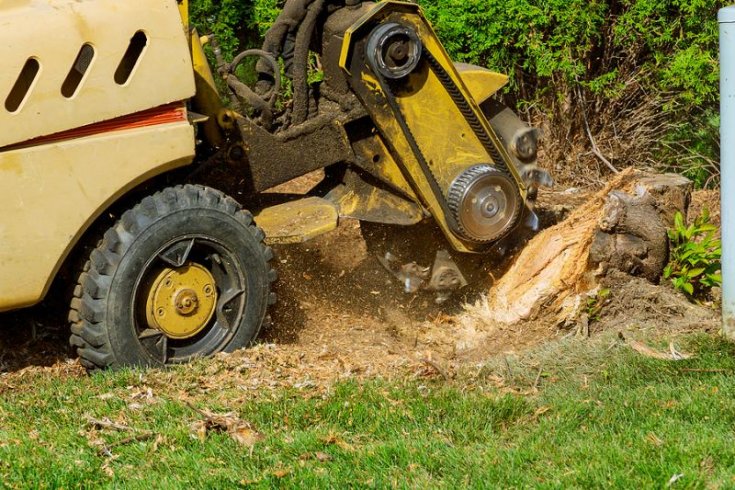
The Best Way to Remove a Tree Stump When a tree is cut down for whatever reason, the stump left behind is not just an eyesore but also a safety hazard on your premises. Waiting for the stump to decompose…
Read More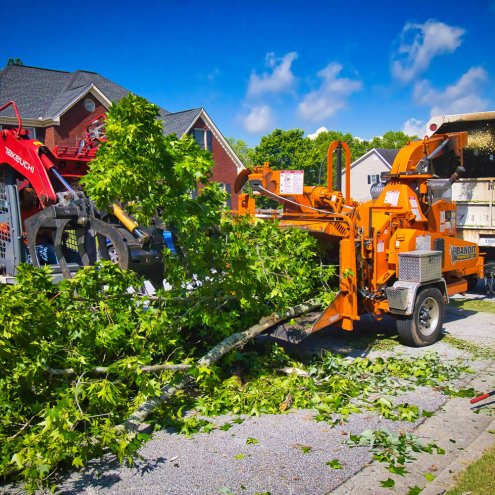
The Life Cycle of a Tree Trees grow over 30 feet tall, with canopies that expand over half their height. However, trees start as tiny seeds and require routine care to enhance growth. If you have a tree planting project…
Read More
Yellow Leaves in Summer The sight of trees adorned with vibrant shades of red, orange, and yellow during fall is a natural spectacle that always captivates. However, when those same trees display yellow leaves in the summer, it may be…
Read More
What Can Go Wrong With Untrained Tree Removal If you’ve ever stood in your yard and looked up at a big and diseased or aging tree, then you know the mix of feelings it can stir. On one hand, that…
Read More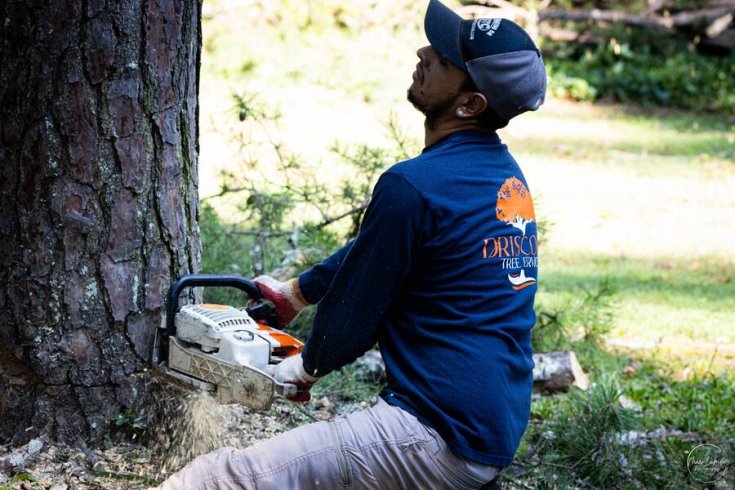
How Much Does It Cost to Remove a Tree? For starters, tree removal should be left to the professionals, whether the tree is big or small. A DIY approach may seem like a way to save money, but we don’t…
Read More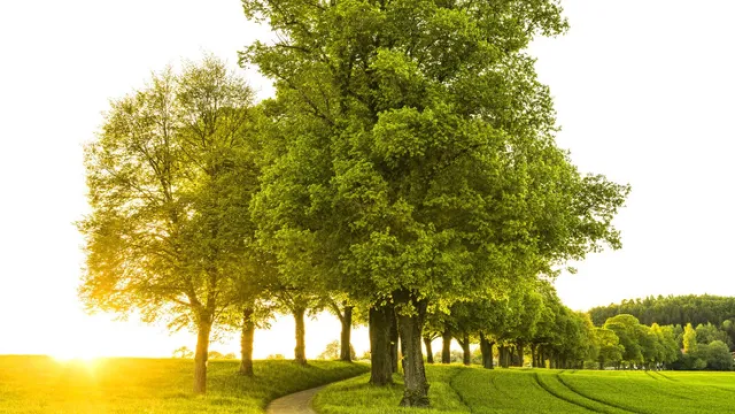
Essential Tree Care Tips for Every Season Trees require regular care and maintenance to thrive. However, different seasons call for specific care to prevent irreversible damage and premature tree removal emergencies. With that in mind, hiring a professional tree care…
Read More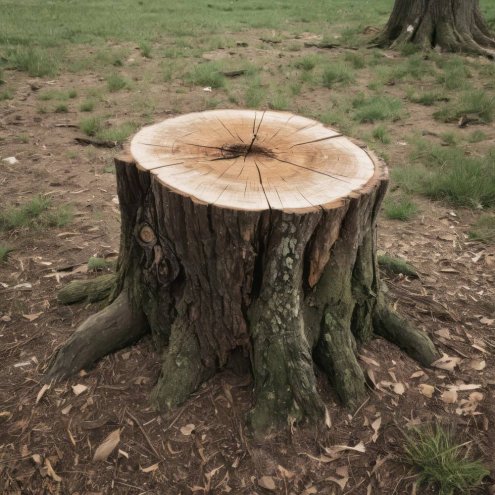
Can a Tree Grow Back from a Stump? When a tree is cut down, many assume that’s the end of its life. However, nature has a remarkable way of surprising us. Under the right conditions, a tree can grow back,…
Read More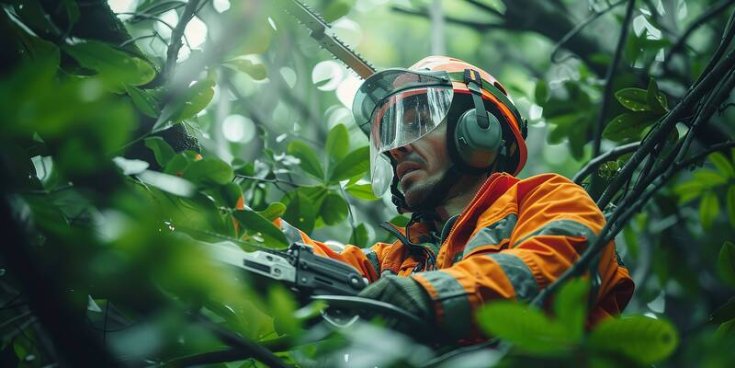
Different Types of Trees Should Be Trimmed at Different Times Towering, intricate, and surprisingly sensitive, trees are among the most impressive living things on Earth. For Metro Atlanta property owners, trees are a central part of the landscape. These functional,…
Read More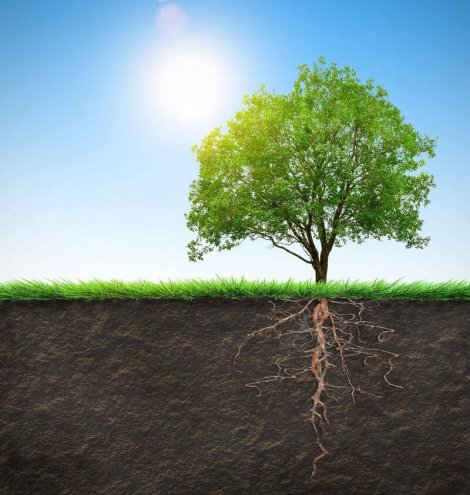
4 Signs of Tree Root Damage Trees are valuable additions to any landscape and offer various environmental benefits. Regular care is critical to maintaining healthy and durable trees, like most living things. If you suspect deterioration in your trees, the best…
Read More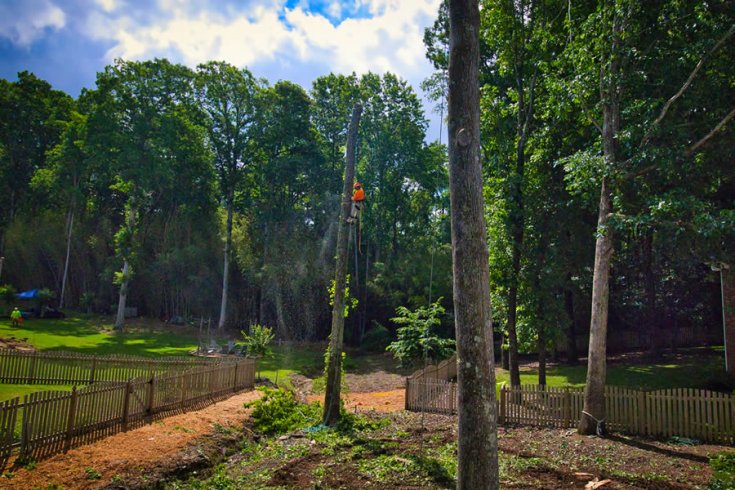
How to Tell if a Tree is Dead or Dying Trees are a valuable addition to any landscape; after spending a lot of time with them, you can tell when something is off. Some signs of damage can be detected…
Read More